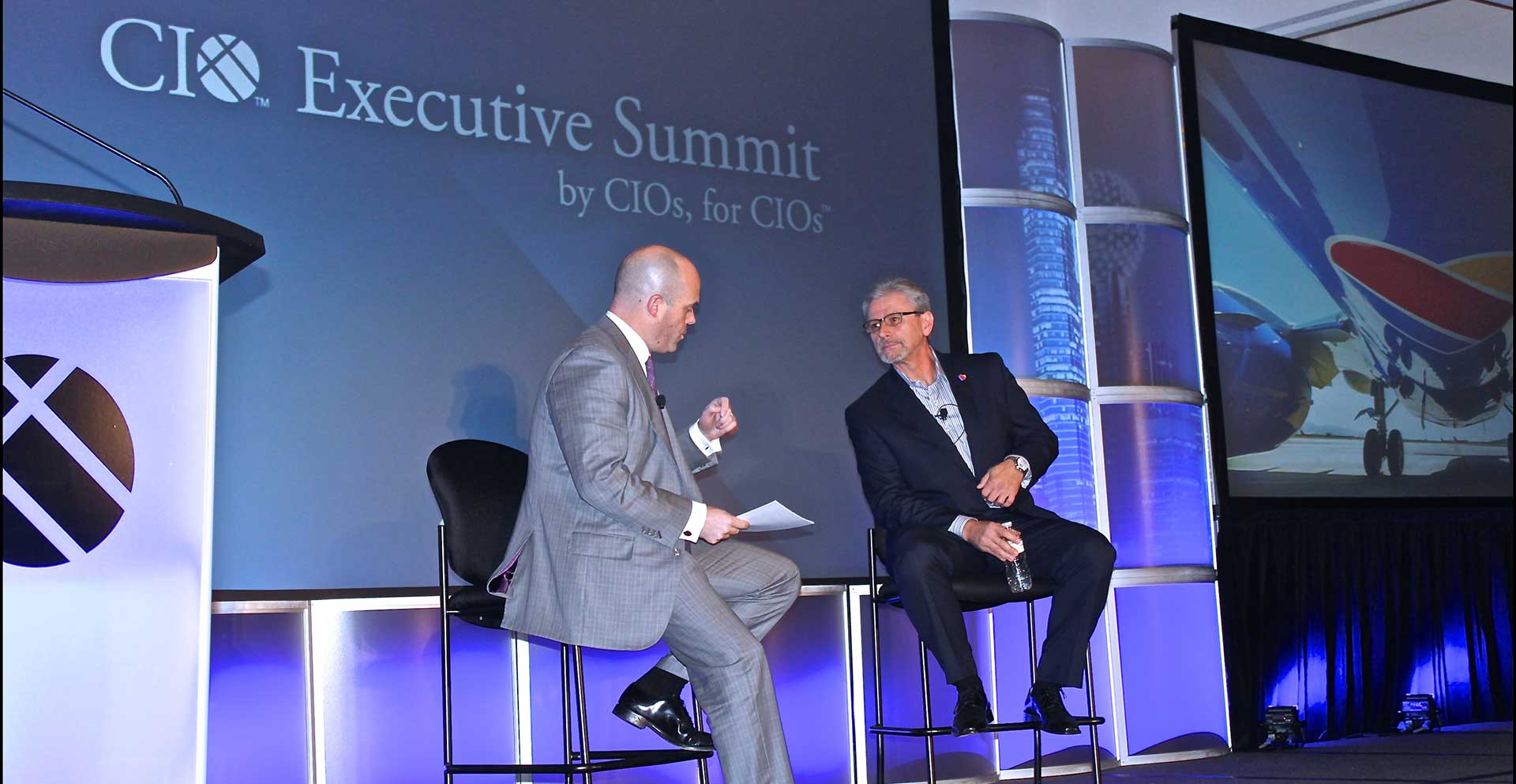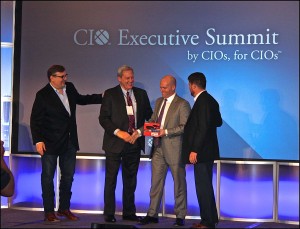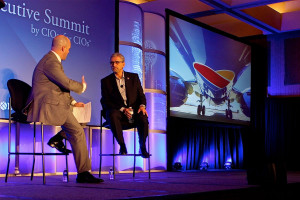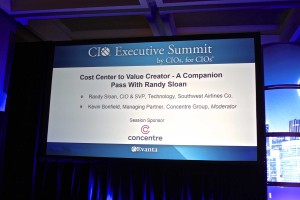Recently I spoke at the Evanta CIO Conference in Dallas, talking with Randy Sloan, the CIO of Southwest Airlines, about the transformation of the Technology function from “cost center to value creator” in a journey he has led over the last three years. But I spent most of my time listening to a number of other speakers and influencers: Ed Dolanski (CEO of Aviall), Mike Rawlings (Mayor of Dallas), Kevin Chase (CIO of Energy Future Holdings) and Tom Leppert (Former Mayor of Dallas, Former CEO of Kaplan).
Expanding the CIO
What came through time and time again was the expanding role of the CIO. Typically we think of it as the “Chief Information Officer” but over the last few years there has been a move towards “Chief Integration Officer,” as the CIO takes on a wider, more business focused remit and, increasingly, reports to the CEO rather than one of the CEO’s direct team members.
At Evanta, there was significant discussion of how the CIO needs to become a business value creator. This overall goal for the CIO is much more broad and proactive than “information” or “integration.” Fortunately, there are a number of components that will help the CIO truly deliver as the business value creator:
- Empower the technology function – ensuring predictability (of delivery), stability, reliability and security. These challenges are the table stakes of the role, but they are not necessarily easy to master.
- Integrate the company plan – ensuring that the business and technology are aligned on a multi-year plan that prioritizes the most important investments
- Lead change – by focusing on the company change required. Lead the team and the individuals who make it happen regardless of which department they belong to
- Focus on business outcomes – align with the CEO and CFO on key imperatives for the business; for example reducing employee absenteeism rather than implementing a people focused application
Questions a CIO or technology leader should always ask:
- Where should you be investing your time?
- Where are you spending your time?
- How does the time investment change as your business and technology transform?
Where there is no movement towards “business value,” technology teams will be firmly placed into the “cost center” box. However, CIOs also need to be aware that as they take on these new challenges it will quickly become clear that the things that have defined success previously will not define success in the future.







